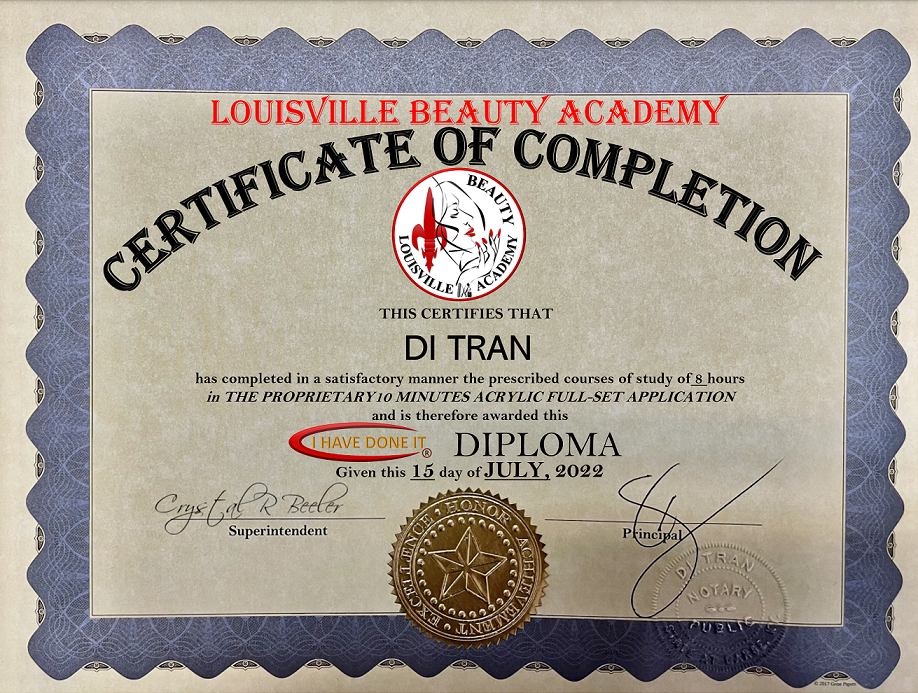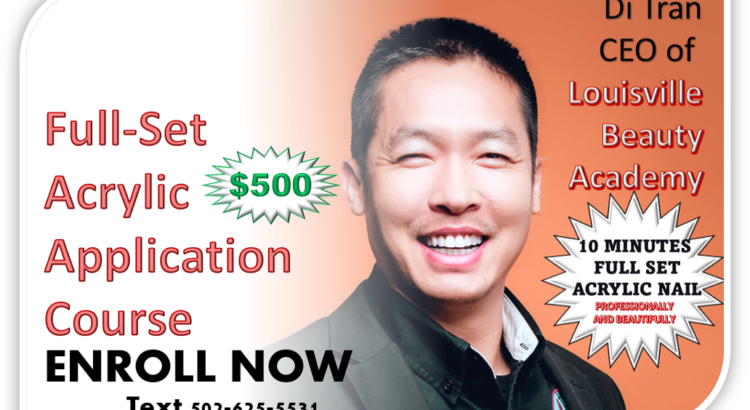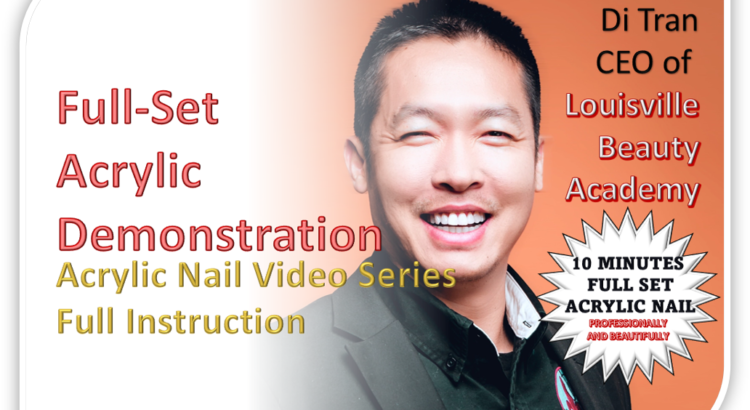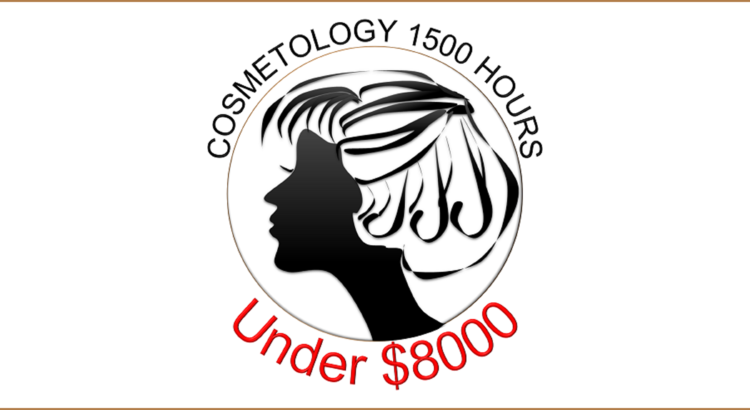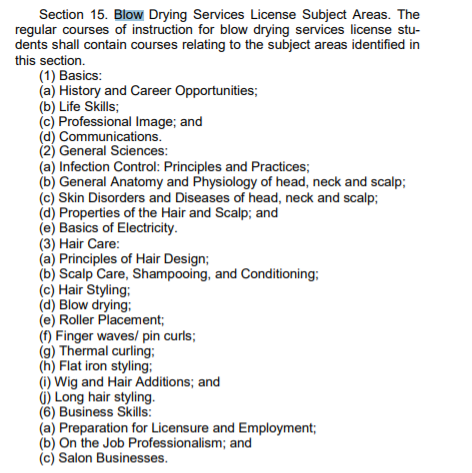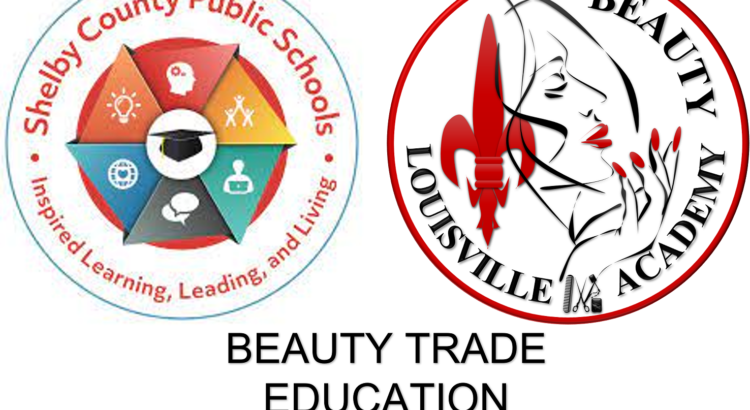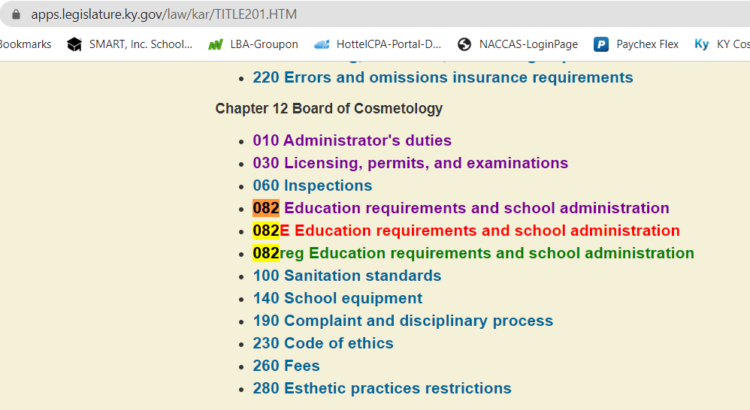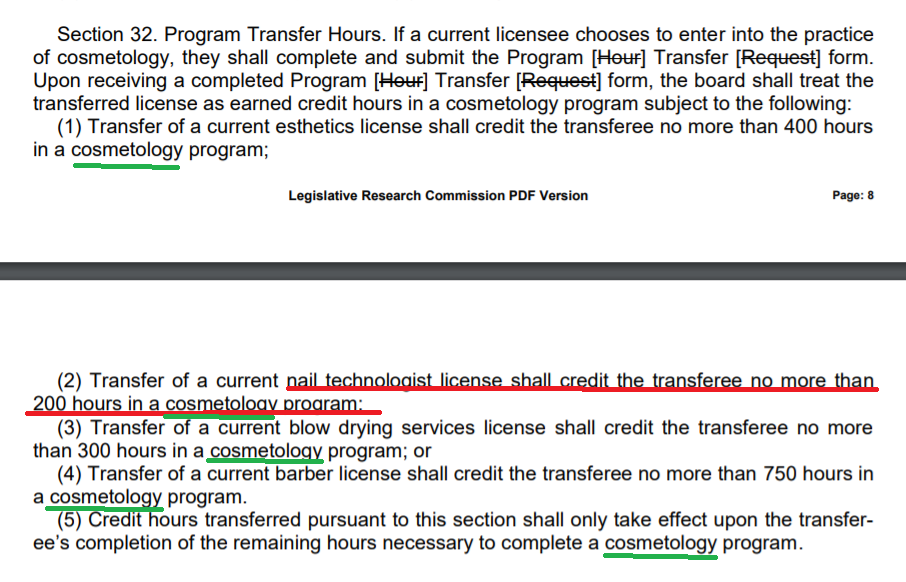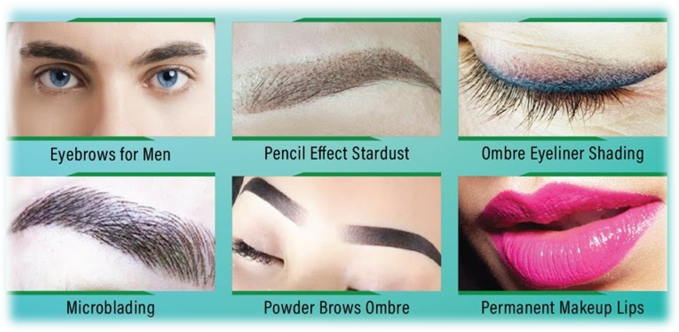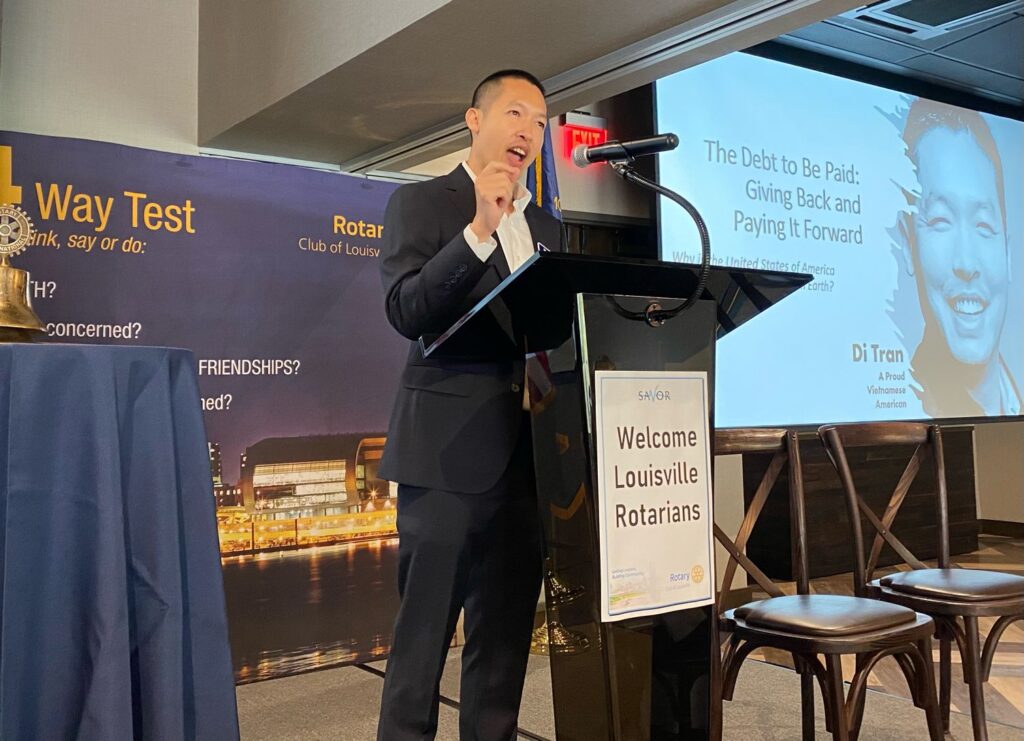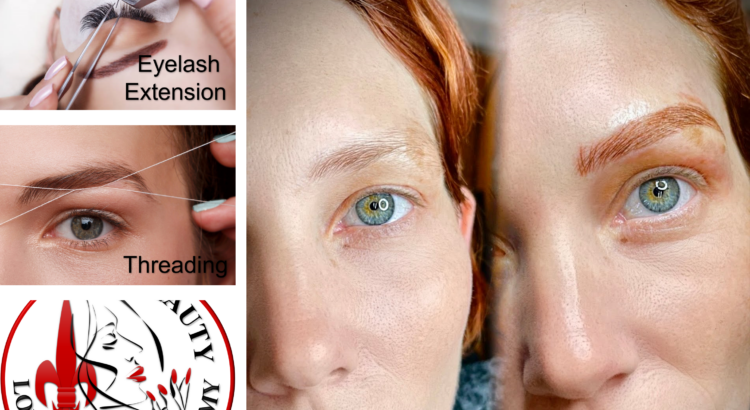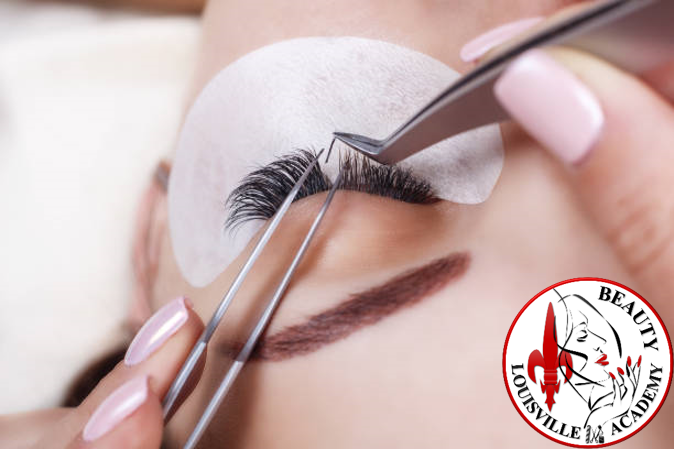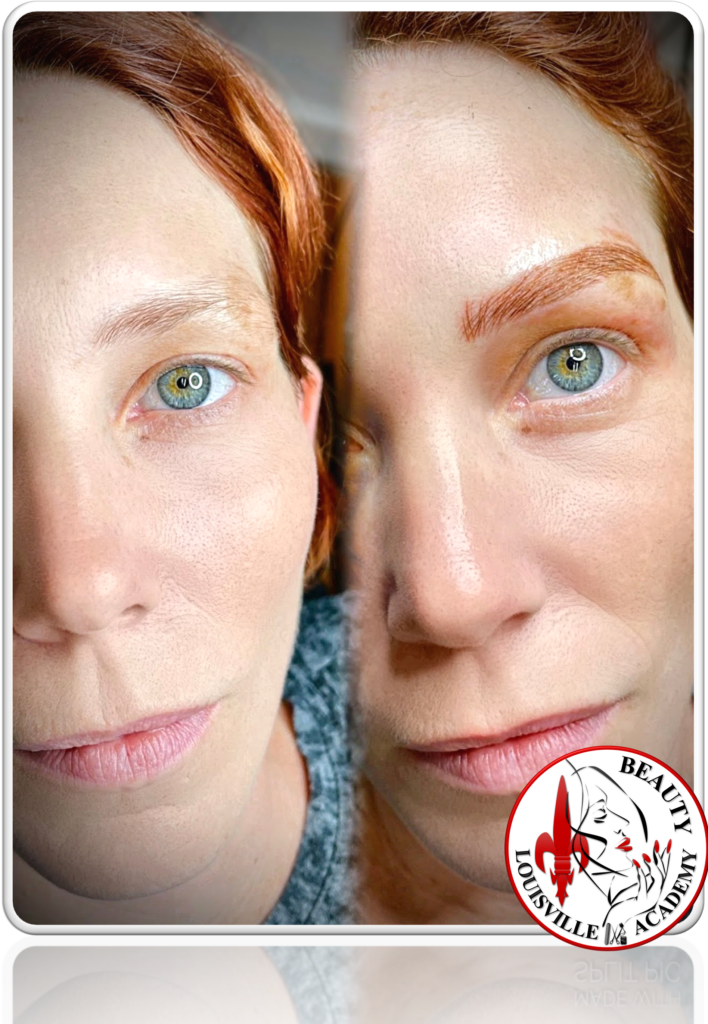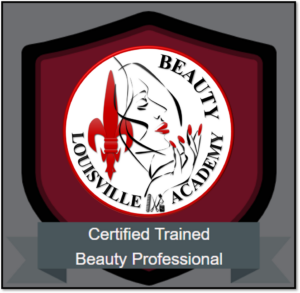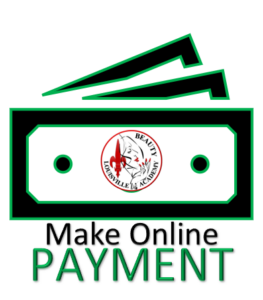Disclaimer:
It is illegal to practice beauty service on any customers for money without a license in Kentucky state. Kentucky State Board of Cosmetology requires all beauty professionals or beauty practitioners to acquire his/her required study hours of 450 hours at licensed schools such as Louisville Beauty Academy, and pass KY State Board Exam for nail technicians before practicing nail service on any customer in the state of Kentucky.
This course is about one of many nail services within the nail salon industry, probably one of the most popular; that is ACRYLIC NAIL and the completion of the full set of the acrylic nail in the most efficient and effective method, the 10 MINUTES ACRYLIC NAIL FULLSET APPLICATION COMPLETION.
This course is assuming you will learn to do this for self-service if you are an unlicensed individual or you are a licensed beauty professional – wishing to do a more effective, efficient, professional, and beautiful acrylic nail.
Motivation:
Louisville Beauty Academy CEO, Di Tran is a 20+ years licensed nail professional in the state of Kentucky. He is an active nail professional in a family business of more than 10 nail salons at one point. More importantly, Di Tran and his mom have developed a proprietary technique that would accomplish the full set of nail applications completion within less than 10 minutes. YES, END TO END, from nail tips preparation, and acrylic application to nail shaping; no acrylic to having acrylic full set in 10 minutes.
This is a rare rare opportunity for you to learn directly from Di Tran himself. He wishes to share this special technique with his students and beyond that can helps many build their wealth in the nail industry in the best way possible.
Who is this for?
This is for adult, unlicensed and licensed individual who wish to master his/her acrylic nail service. Regardless of how long you have done nails, surely you would benefit yourself and your customers if you can learn this 10 minutes acrylic nail completion technique.
Technique:
Di Tran, CEO of Louisville Beauty Academy has shared this technique generally and the basically on school’s YouTube Channel; Review this for your information. The detailed secret will be taught through the one-day (8 hours) session and practice at Louisville Beauty Academy that includes:
- Safety and sanitation – do and don’t
- Booth/table setup effectively
- Body posture and arm/hand position
- Natural (real) nail preparation
- Tips application and shaping filing (the meat)
- Primer and Acrylic Application (the meat)
- Finalize full-set acrylic nail
- Nail filing/drilling and things to consider – do and don’t
Enrollment:
The student may enroll anytime and start at a scheduled time. This will be an 8 hours/day of training on acrylic nail application specifically and only. Tools will be provided that include:
- Brush – the big one
- Acrylic kits of acrylic powder, liquid, and container
- File, buffer, and tips
ENROLL NOW BY TEXTING 502-625-5531 WITH INFO:
- Your full name
- Nail Acrylic 1-day course
- How soon can you start?
- Make a payment of $500 in full – Note: $150 is non-refundable as a processing fee
